Lovely Lavender: How, When and Why to Grow Organically
Lavender is the gift that keeps on giving.
Once it's sown in the ground, it emits an amazing fragrance as it grows and even after it's harvested. Moreover, its pleasant and strong scent makes it suitable for both edible and decorative crafts! Whether you use it in bunches of flowers, small bags, cooking, or special oils, the lasting aroma of lavender adds a touch of nature's elegance to every breath.
Before we jump into the various ways to use lavender, it's important to know how to properly grow this Mediterranean plant. In this blog, you'll read about what your lavender plants need to sow, grow, and how to harvest. Perhaps down the line, there will be a part two for ideas and crafts to put your lavender to good use.
Types of lavender

Lavandula angustifolia, commonly known as English lavender, is known for its classic fragrance and different flower colors.
Lavandula stoechas, or Spanish lavender, stands out for their unique bracts on top of the flower spikes.
Lavandula dentata, known as French lavender, has finely toothed leaves and is considered useful in the kitchen.
Lavandula x intermedia, a hybrid of English and French lavender, is specifically cultivated for lavender oil production.
Lavandula heterophylla or Texas lavender, may refer to different species or varieties of lavender that thrive in the Texas climate, known for its resilience to heat.
Preparing the garden bed
Here is a short list of the environment you have to create for your garden bed to thrive.
Well-drained soil: Give your lavender healthy soil rich in nutrients and minerals to support its growth. Lavender doesn't require much, but it thrives in dry, nutritious soil. If you're unsure where to find high-quality soil, Vego Garden offers a soil mix that can assist you in taking care of this essential first step.
Spacing: Space lavender plants according to the recommendations on the package for good air circulation and prevent overcrowding, reducing the risk of fungal diseases.
Sunny spot: Choose a sunny location with at least six hours of direct sunlight daily for optimal growth and flower production. Lavender plants need minimal attention from you but lots of attention from the sun!
Proper drainage: If your soil has poor drainage, consider using raised beds or rocky soil to ensure lavender doesn't experience waterlogging. Remember they are Mediterranean plants used to the heat and dry weather; any moisture will disrupt their growing patterns.
Best time: Plant lavender in early spring or late summer, avoiding extreme weather condition. The lavender has to be in the ground once those high temperatures are in full swing!
Fertilization: Lavender prefers lean soil, so avoid using too much fertilizer. A modest application in early spring is usually sufficient. These are plants that are used to growing wild in the Mediterranean and once they get going, they grow fast and wide, so keep that in mind!
Care and maintenance

Watering: Lavender prefers dry soil, so water sparingly, especially in winter months. Overwatering can lead to root rot, so do it sparingly and early in the morning or late in the afternoon.
Pruning: Trim lavender blooms in late spring or early summer to encourage new growth and maintain the plant's shape.
Disease prevention: Monitor for signs of fungal diseases, particularly in humid climates.
Pollinators: It's important to keep your lavender organic, free from pesticides since lavender attracts various pollinators like bees, butterflies, and hummingbirds due to its sweet nectar and abundant pollen. These little helpers play a crucial role in making sure plants can make seeds and reproduce.
Overcoming challenges
Colder climates: In colder climates, protect lavender during winter months by mulching around the base of the plant.
Humid climates: In humid climates, ensure good air circulation and consider planting lavender in raised beds with well-drained soil.
Unusually rainy season: Lavender thrives in well-drained soil, and heavy rain can lead to waterlogged conditions, causing root rot and other moisture-related issues. The compact and bushy nature of lavender plants can make it challenging for rain to penetrate deep into the soil, potentially leading to surface runoff and soil erosion. Additionally, incessant rain may cause the lavender blooms to become waterlogged, diminishing their vibrant color and fragrance!
Lavender craft ideas

Bouquets and flower arrangements: Ideal for gifting to friends or adorning your home.
Sachets and potpourri: Perfect for storing inside closets, drawers, or under pillows.
Essential oil extraction: A natural relaxant that you can conveniently carry with you.
Lavender-infused candles: Choose a natural alternative to chemicals for setting the mood.
Pressed lavender: Create your own pressed flower art piece.
Lavender soap and shampoo: Let your body and hair carry the unique lavender scent.
Final thoughts
Growing lavender isn't overly challenging, and the rewards far outweigh the efforts.
Once you've gathered lavender, a world of DIY projects opens up, whether you tackle them on your own or turn it into a fun group activity with friends. From crafting candles to making sachets and beautiful bouquets, the possibilities are endless, making the entire lavender-growing journey both satisfying and communal.



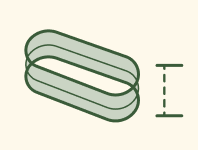
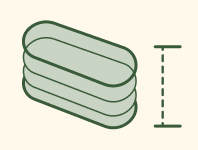
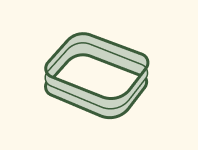
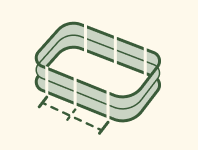
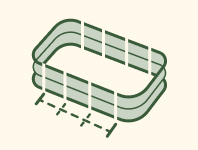
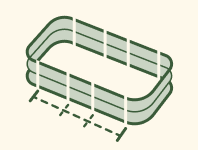
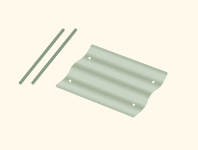




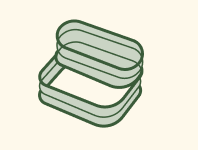
















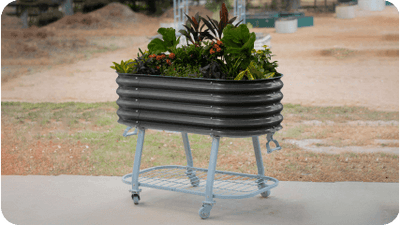









































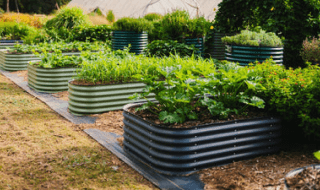
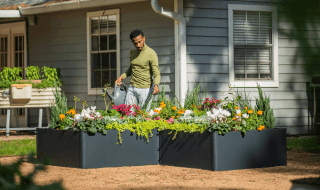
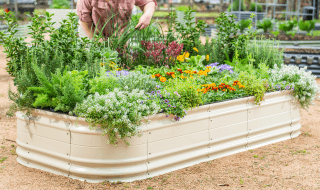
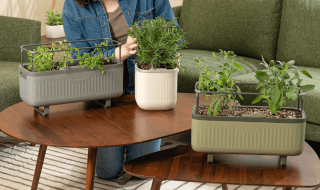
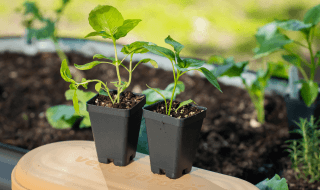
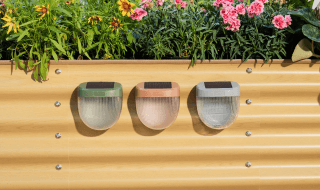
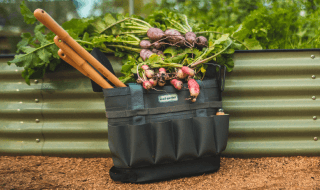
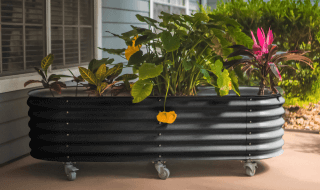







Leave a comment